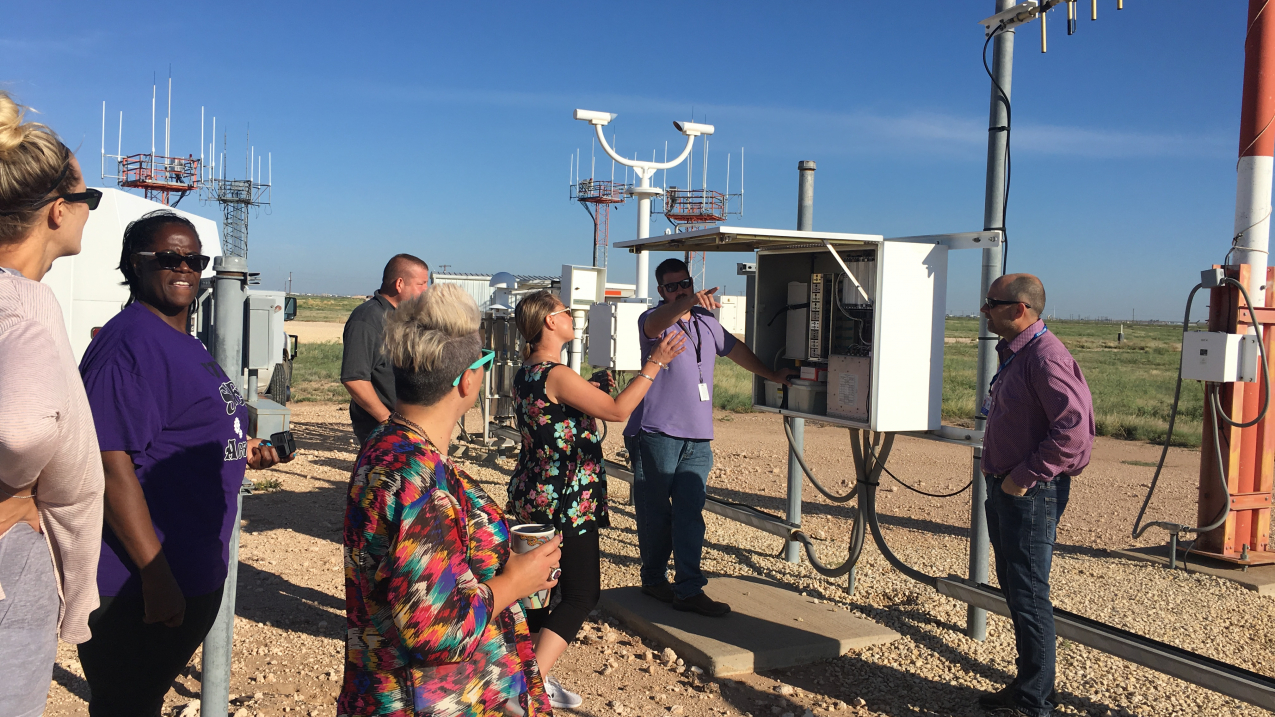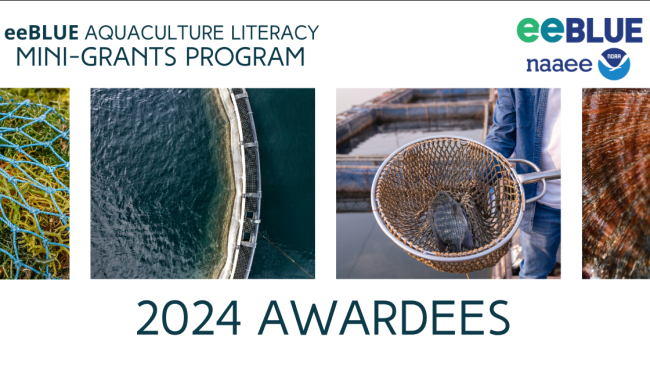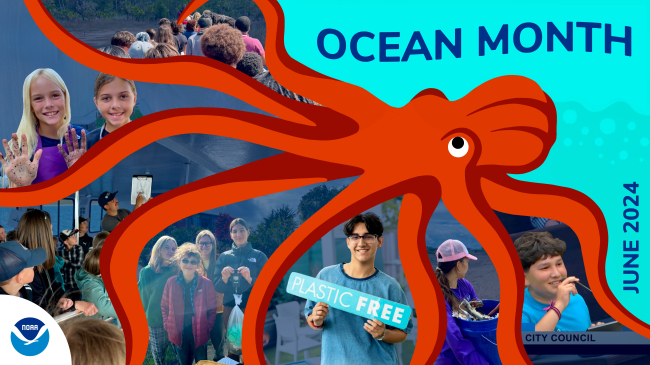On a hot day in June, four Texas teachers arrived at Midland’s National Weather Service Forecast Office (WFO), ready to be students for the next three days. These educators — representing a K-10 charter school called the University of Texas Permian Basin STEM Academy — were preparing to carry out a promising new STEM curriculum centered around a three-week-long project. In search of ways to better guide students through their projects, they had come to the National Weather Service to see meteorology in action.

During a workshop, electronics systems analyst Charles Yaws and electronics technicians Kris Harrison and Danny Reed at the Weather Forecast Office in Midland, Texas, show teachers around a local automated surface observing station. (Image credit: NOAA)




